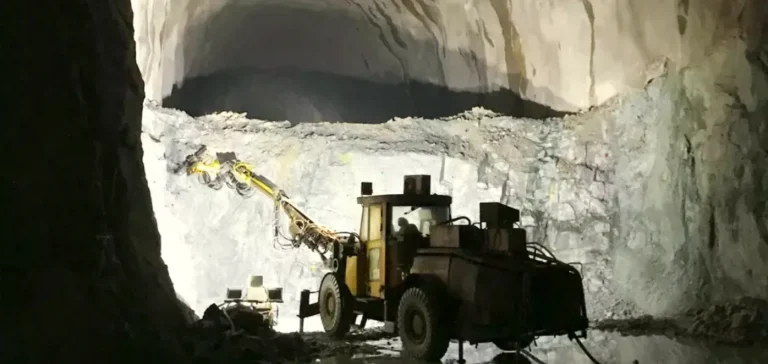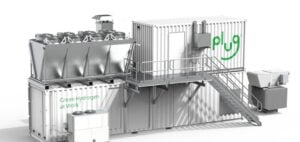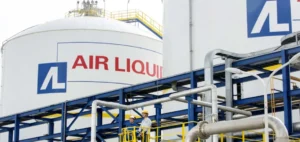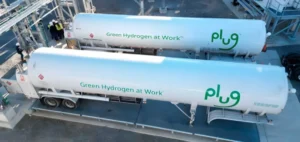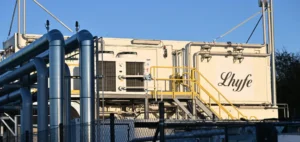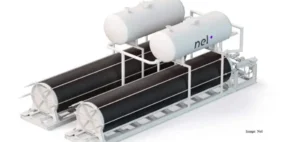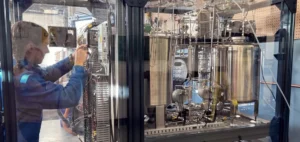Underground hydrogen storage is becoming increasingly essential as industrial economies seek to decarbonize their energy production. However, this technical solution, which relies primarily on salt caverns and depleted hydrocarbon reservoirs, presents significant economic and operational challenges compared to natural gas storage.
Technical Constraints Specific to Hydrogen
The physical properties of hydrogen introduce increased complexity into underground storage. Hydrogen has a very low molecular weight (2.016 g/mol) and significantly lower energy density compared to natural gas, thus requiring much larger storage volumes for the same amount of energy. For example, under identical pressure and temperature conditions, a salt cavern storing hydrogen can contain only about 25% of the energy that could be stored in the form of natural gas. Additionally, its low viscosity and high diffusivity increase the risk of leaks, necessitating further investment to ensure facility integrity.
The necessity of using specific materials to prevent hydrogen-induced embrittlement of steels represents another major technical challenge. This requirement entails substantial additional costs, with an average increase of around 20% in infrastructure expenses compared to natural gas.
Cost Comparison: Hydrogen vs. Natural Gas
According to a study by the Bureau of Economic Geology at the University of Texas, total costs of storing hydrogen in salt caverns are approximately twice those of natural gas on a volumetric basis, and up to six times higher on an energy basis. Specifically, the levelized cost of storage (LCOS) for hydrogen reaches around USD 11.90/MMBtu, compared to just USD 2.05/MMBtu for natural gas. This difference is explained by high cushion gas expenditures, the need for specific infrastructure, and higher operational costs due to more energy-intensive compression.
In addition to salt caverns, depleted hydrocarbon reservoirs offer significant potential for hydrogen storage. However, this option also incurs notable additional costs due to the necessity for new well infrastructure, purification systems to remove residual hydrocarbons, and more extensive monitoring systems. Thus, despite the possibility of reusing existing facilities, storage in these structures remains economically complex and less advantageous than natural gas.
Economic and Regulatory Perspectives
The economic model for hydrogen storage remains uncertain due to the absence of a liquid and transparent market, unlike the mature market for natural gas. To promote its development, public support mechanisms are indispensable to attract private investors. Currently, initiatives such as the Bad Lauchstädt Energy Park in Germany or the HyPSTER project in France receive significant public subsidies, highlighting the need for a favorable regulatory framework.
However, in the long term, the central question remains the economic competitiveness of hydrogen against natural gas and other low-carbon alternatives. The added value of hydrogen storage could justify its higher cost, provided public policies adequately recognize its role in the energy transition.


